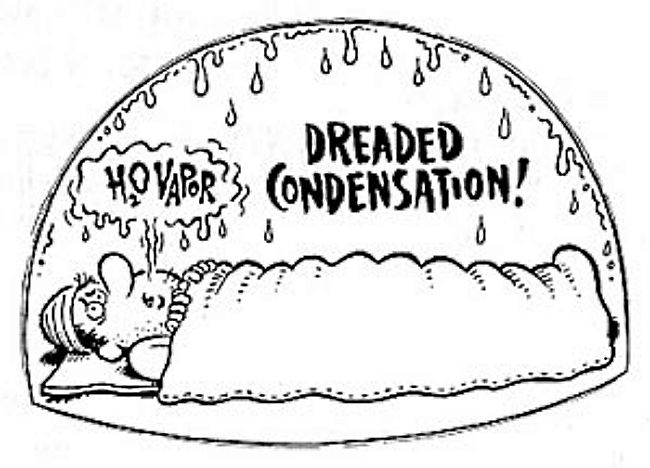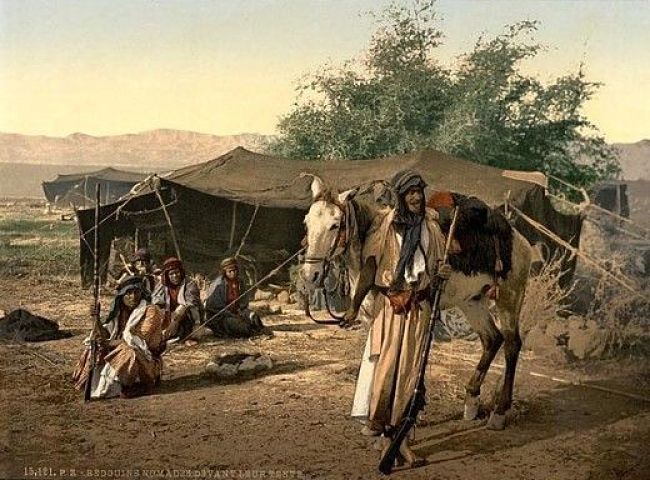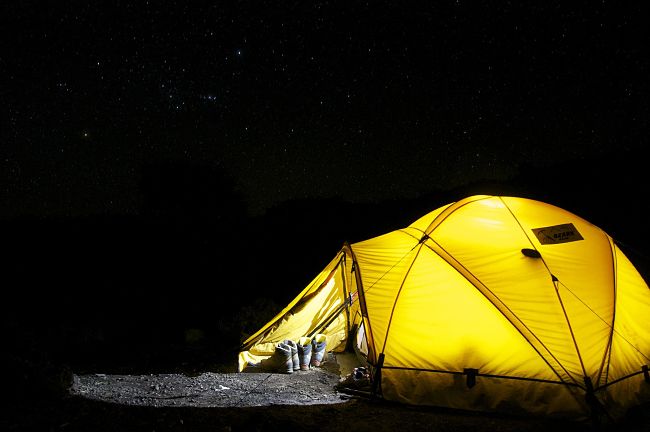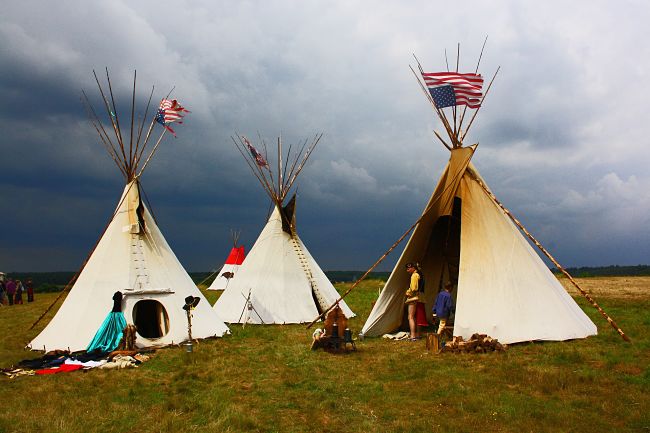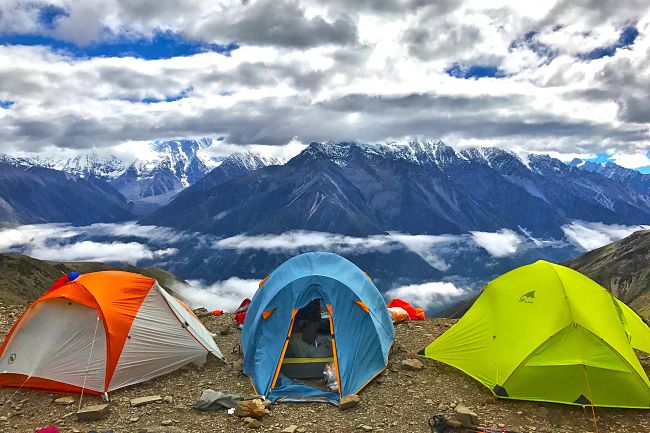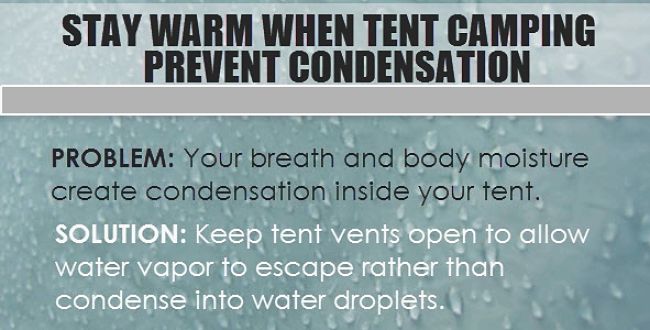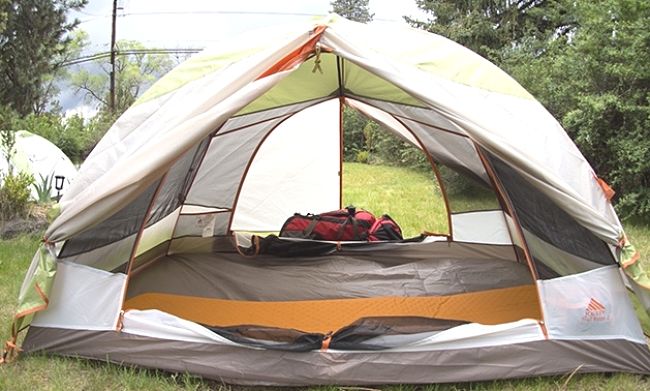Q&A: How to Stop Condensation in Tents
Condensation in tents is a nightmare. The moisture droplets can drip onto your sleeping bag and they can run down and into your gear or clothes. It can also cause canvas and older style tent fabrics to leak when it is raining.
If you are backpacking the condensation makes your tent wet, heavier to carry and likely to get moldy when you pack it up.
Part of the problem arises because of the design of the tent, the weather, how and where the tent is places and the material used for its construction.
Though double-walled tents and tents with fly-sheet covers are less likely to have condensation than single-walled ultra-light or ultra-cheap tents, lean-tos or tarps, annoying condensation can still occur.
Preventing condensation, and finding remedies requires a good understanding of why, when and where it occurs, and how to stop it.
Despair not. This article provides all the answers.
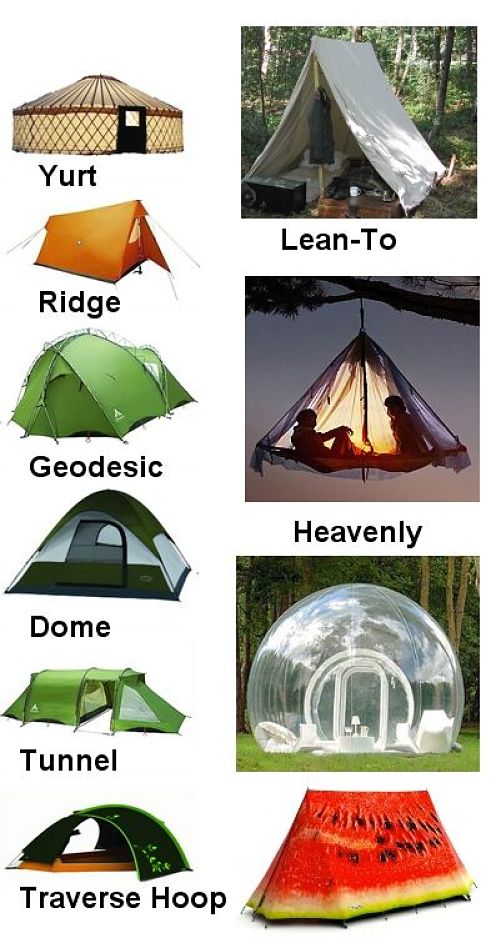
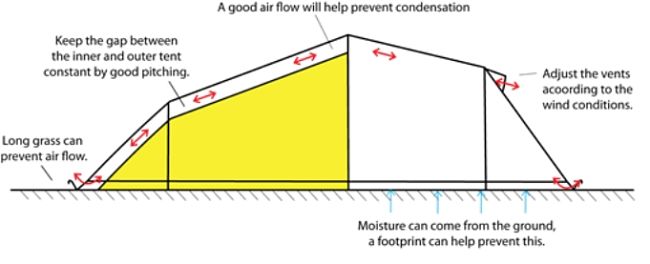
Why Does Condensation Develop Inside a Tent?
Water can exist as a gas (water vapor), solid (ice), or as liquid water. Water is constantly in a state of flux between the gas and liquid state. In its gaseous form is water vapor is invisible.
Evaporation - is the process by which liquid water is converted into a vapour, usually by increases in temperature. Air can become saturated with water vapour causing it to come out of the vapour phase back to the liquid form. The amount of water vapour the air can hold depends on the temperature. Cold air can hold more water vapour than warm air.
Condensation - is the reverse process when water vapour in the air transforms back to liquid water, generally caused by a fall in temperature. The temperature change can occur on a surface such as the wall of a tent. If the inside of a tent is full of warm, moist air with a high humidity and a heavy load of water vapour, a tent wall, cooled by the cold air outside can become an ideal condensation surface. This is usually the cause of the problems with condensation on the walls and roof of tents.
Conclusion - To control and prevent condensation you need to take control of the moisture level (humidity; water vapor), air circulation and relative temperatures of the tent surfaces and the air inside the tent.
Where does the Moisture in the Tent Come From?
The main source of moisture in the air inside a tent is from your breath. When you are asleep at night you exhale about 1 liter of water during the night. Extra people means more water vapour that is exhaled. Your breath is warm and is saturated with moisture. If this water vapor is retained within the walls of the tent it can condense on the tent surfaces because of temperature changes during the night. The colder temperatures of the air or tent walls during the night mean that the air can hold much less water and it usually condenses out as droplets on the walls and roof of the tent.
Wet clothes, wet gear and equipment and cooking inside a tent also add to the moisture build-up and increased humidity. Cooking inside a tent and heating can increase the internal temperature leading to condensation. Even camping near a stream, the ocean, a swamp or a lake may mean the air is very humid during the day. When this humid air in the tent cools at night the extra moisture that the cold air cannot hold condenses on surfaces inside the tent.
How to Prevent Condensation from Occurring and Control It
The key to controlling and preventing condensation lies with three things:
Air Circulation – This is required to stop high humidity in the tent developing by allowing moisture from exhalation and cooking to escape. If possible, it also stops the inside of the tent being warmer than the outside. If you want the air inside the tent to be warmer and so you need to reduce the air circulation, you need to control the tent wall temperature.
Tent Wall Temperature – Water vapor from humid warm air will condense on a cooler surface such as the internal walls and roof of the tent. So stopping the temperature differences from occurring is another way of preventing and controlling condensation. This can be done by using double-wall tents or fly sheet erected over the tent itself. In both cases the air between the two layers will act as insulation and the inner tent wall will be warmer. This will reduce the risk of condensation. However, will not eliminate it if the air inside the tent is very humid and the temperature difference inside and outside the tent is large.
Water Vapor Accumulation – Anything that increases the amount of water vapor that accumulates inside a tent can increase the risks of condensation. Wet clothes and gear, cooking inside the tent can add moisture. Camping beside a stream or lake, means camping in an area with high humidity. Pitching the tent a little further away, or in a spot that gets more natural breezes may help.
Tips for Preventing and Controlling Tent Condensation
Single-walled versus Double-walled Tents
A double wall tent, or a single wall tent with a fly sheet, has an air-permeable inner wall, a waterproof outer wall, and a layer of air in between. Moisture vapour that builds up inside the tent can pass through the inner wall into the space between the walls. If there is adequate ventilation between the inner and outer walls the moisture laden air is allowed to escape. However, depending on the design and ventilation condensation may form on the inside of the outer layer and drip through to the inside of the tent.
The air between the walls also acts as a partial a partial insulator, which keeps the inner wall warmer (compared to a single-walled tent). This reduces or delays condensation. Double wall tents with the inner wall as fabric and not mesh, work best because of this insulation and they are warmer inside as well. A high tech inner wall tent design resists moisture or only allows water vapour to move one way. This means that the inner tent surface will shed water drops from condensation forming on the outer layer. Tent shape and design can also help ensure that dripping condensation from an outer fly is shed rather than dripping on the inner layer.
Breathable Fabric
A tent made of a breathable fabric can help shed water vapor that builds up inside the tent. However, breathable fabric works best at warmer temperatures and required good ventilation to promote air flow.
Tent Ventilation
Ventilation is the primary way water vapour is exhausted from inside a single-walled tent. Tents made from non-breathable fabric depend entirely on ventilation to exhaust moisture. Remaining comfortable within the tent is always a compromise between getting the balance between ventilation and controlling temperature and drafts in the tent.
In certain conditions, the design and precautions will be overwhelmed by moisture. This occurs when it is raining or on cool, still nights, after hot humid days. Ventilation is the key and so open up the tent as much as you can. For example, leave a door open. When siting the tent, try to orient the tent so that any breezes and winds can flow in under the fly. Installing a large tarp in an ‘A’ shape over the entire tent can do wonders, if you have one.
Ventilation is one key aspect when choosing a tent design. Look for mesh entry door and sidewalls. Also make sure there are adequate vents at the top of the main body of the tent that can be adjusted. Convective air flow will provide good ventilation through the tent, provided some openings are allowed in the doors or windows. Leaving the mesh door and vestibule open at night also helps. Steep walls and a taut pitch also help to shed drops as they accumulate. Another tip is to unclip or unzip the fly midway up so that you get more ventilation between the two layers.
Bigger tents have less condensation than tiny ones. Having a single person in a two-man tent means that most condensation will be avoided, though it will be not as warm in winter.
Floor-less tents are more prone to condensation especially on grass or wet sand. Installing a ground sheet or using a tent with a floor will prevent this.
Install a Fly or Rain Sheet
Another thing to do to reduce condensation is to adjust the use of the fly sheet or rain fly. Whenever the rain fly touches the tent, condensation will occur and water may drip onto and through into the tent. Moisture condensing on the fly tends to follow its contours and this can also create drip points. So it is netter to have a large fly that can be orientated steeply to shed runs and drips and the fly should not rest on the body of the tent. A large A-tent made of a tarp or large fly will do wonders for reducing condensation within the tent it covers.
What Can be Done Once Condensation Occurs?
Under some conditions condensation is unavoidable such as in steady rain or very humid locations. Wiping the wet tent walls with a towel, sponge or bandana is very effective at stopping drops of water falling on your sleeping bag or pillow, and it beats brushing against the walls with your clothing or sleeping bag. It is also a good idea to keep your sleeping bag away from the tent walls or but something in between to keep your sleeping bag dry. A wet tent dries may dry very slowly in the morning and so it may be better to pack and carry it wet and to dry it at lunch time.
Location and Moisture Control Tips
- Consider an elevated tent site which may be warmer, have less humidity and have more breezes to help ventilate your tent. A sunny position may also help.
- Pitch the tent so that the vents are lined up with the direction of the prevailing winds for better ventilation.
- If you can, and you have insect screens fitted, keep the tent door and windows open to improve ventilation.
- Single walled tents are less effective in humid conditions and you may need a fly sheet.
- Keep wet material out of the tent if you can and always cook with lots of ventilation.
- In humid areas, or wet areas consider using a larger tent and installing a large tarp or fly over the entire tent.
- A tarp or ground sheet underneath the tent can reduce evaporation from ground moisture.
